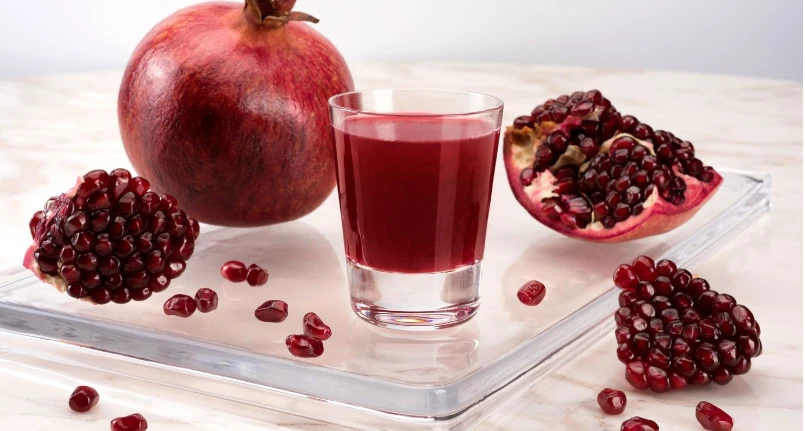Introduction
Matcha tea is not simply powdered green tea , but a real concentrate of antioxidants . Rich in purifying , detoxifying, detoxifying properties , it is also often recommended by nutrition experts and dieticians because it is able to stimulate lipid metabolism . It’s an anti- age par excellence: the chlorophyll contained in matcha tea regenerates cells and fights free radicals . As opposed to coffee, or some “strong” teas such as black tea for example, matcha contains little caffeine and therefore does not have an excessively stimulating effect . Matcha tea is always in powder form, not in leaves or ordinary filters, and can be found in organic and natural product stores.
Macha tea: what is it?
Matcha tea is a variety of green tea that is grown in the shade, in large areas used as plantations sheltered from the sun. The plant thus produces chlorophyll and consequently is enriched with numerous beneficial properties for the body, vitamins and mineral salts . The leaves of the tea plants of the Gyokuro species are harvested by hand – in the month of May – and then transformed into powder. They are steamed firstso that they avoid oxidation and keep their properties intact, and then dried and ground in stone mills. Thanks to this traditional and ancient manufacturing technique, matcha tea is presented in a very fine and fragrant powder of an intense green colour. There are two types of matcha tea: Usucha, obtained from the leaves of young plants (less than 30 years old), and Koicha which is instead obtained from leaves older than 30 years. It is a fine tea (and therefore also very expensive) used both for the preparation of the drink and in various recipes.
Properties of Matcha tea
Matcha tea is full of beneficial properties. Contains vitamins B1 , B2 and C, beta-carotene , mineral salts , polyphenols and caffeine (not excessive). Precious is the content of antioxidants, especially catechins and polyphenols , and is therefore considered a valid anti-aging , draining and detoxifying remedy . Its main properties include:
- Digestive function .
- Calms gastric hyperacidity
- Protects the liver .
- Improve concentration
- Energizing and stimulating
- Purifying
- Anti-inflammatory for the intestine
- Strengthens the immune system
- Strengthens bones and teeth (thanks to the presence of calcium )
- It controls blood sugar level , it is therefore beneficial for those suffering from type 2 diabetes
- Keeps cholesterol at bay and helps circulation
- Regulates blood pressure by helping to lower it.
Does matcha tea help you lose weight?
Nutritionists recommend drinking one or two cups of matcha tea a day to maximize weight loss results . This is due to the properties of this tea which is able to reduce the feeling of hunger , so it can be ideal in low-calorie diets. Not only does it contribute to a greater sense of satiety, but it helps drain excess fluids and reduce swelling, and keeps blood sugars and fats at bay.
How to prepare Matcha tea
A real Japanese ritual to be repeated at home, with or without traditional utensils, but benefiting from the well-known properties of this antioxidant powder. To prepare matcha tea first of all you need to get the best raw material. It can be found both in dedicated online shops and in organic shops. Following the Japanese custom , a tea cup called chawan (strictly hot and dry)
should be used . With a chashaku , a sort of wooden scoop that serves as a dispenser, the right amount of powder is taken. For a light matcha of the usucha type , 1 or 2 teaspoons of powder is enough, while for a stronger one,
koicha , up to three. In the absence of the authentic tool, the steel tea spoon will do too.
The water poured into the cup must be warm to a maximum of 80°C and must be quickly mixed with the powder, eliminating all lumps. You don’t have to turn forming a circle, but drawing a sort of W. To do this, a very small wooden whisk is used, called a chasen , which lets in air and forms the classic foam on the surface of the tea. It should be sipped hot, slowly and almost meditatively. No sweeteners such as sugar or honey should be added . It should be drunk naturally.Use in the kitchen
Matcha is used in the kitchen in the preparation of refined recipes. First of all, if instead of water you dissolve it in milk , you will prepare a delicate and aromatic “matchalatte”. In the same way you can get a smoothie. This powder rich in mineral salts and powerful antioxidants is often added to oatmeal porridge , and even tiramisu in two ways: either by dunking ladyfingers in tea, or by adding the powder to mascarpone . This tea is also used in the preparation of ice creams , cakes, biscuits or spoon desserts. Also in savory recipes it finds its tasty and healthy use: insoups , soups or sauces.




